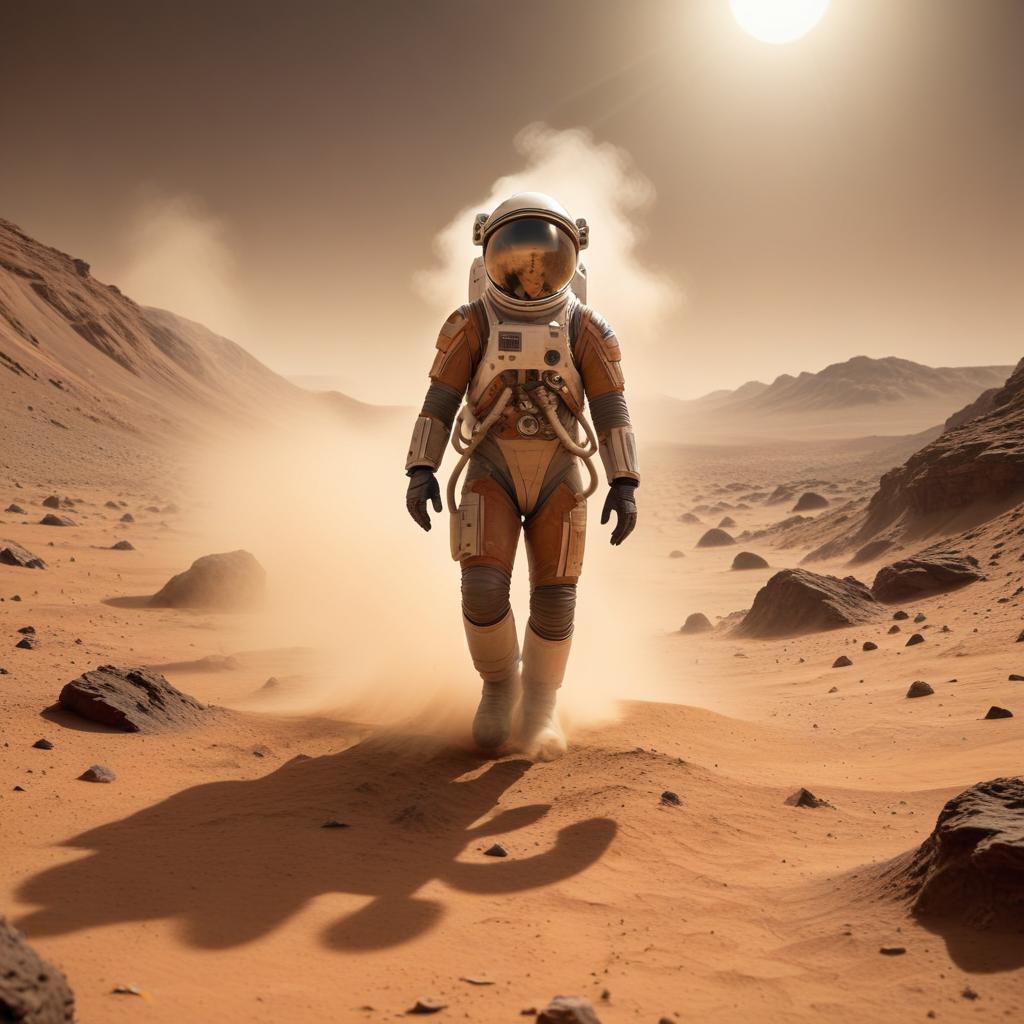New research reveals the terrifying health risks posed by Martian dust to astronauts, jeopardizing future missions unless significant countermeasures are implemented.
A new study published in GeoHealth highlights the extreme dangers of Martian dust to astronauts. The dust contains silica, gypsum, perchlorates, and nanophase iron oxides, all of which could have life-threatening effects. The biggest risk is to astronauts' lungs; the fine dust is expected to remain in their lungs and be absorbed into their bloodstream, potentially causing pulmonary fibrosis, exacerbated by radiation exposure in space. Perchlorates could cause thyroid dysfunction and aplastic anemia. The study emphasizes the need for dust filtration, cabin cleaning, and electrostatic repulsion devices to avoid exposure, given the long travel time to Mars and communication delays. While acknowledging the challenges, researchers remain optimistic that these hazards are avoidable with proper preparation. The study also notes the broader impact of dust on spacecraft, vehicles, and equipment, requiring constant maintenance. Martian dust, unlike Earth dust, is composed of sharp particles, increasing the risk of lung irritation. Experts emphasize the need for sophisticated solutions, including a complete medical capability on Mars, and highlight the ethical implications of these health risks for future crewed missions.



